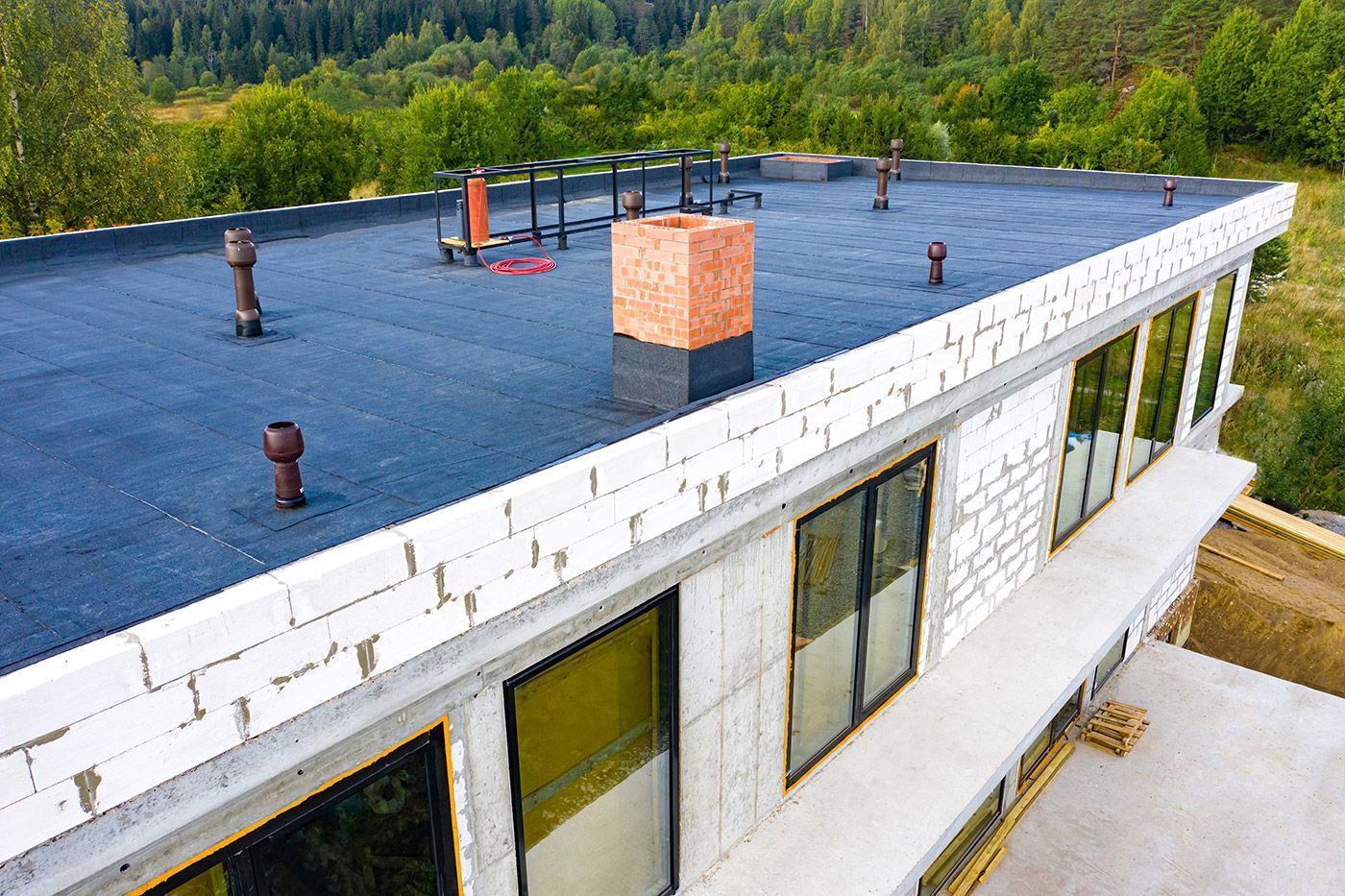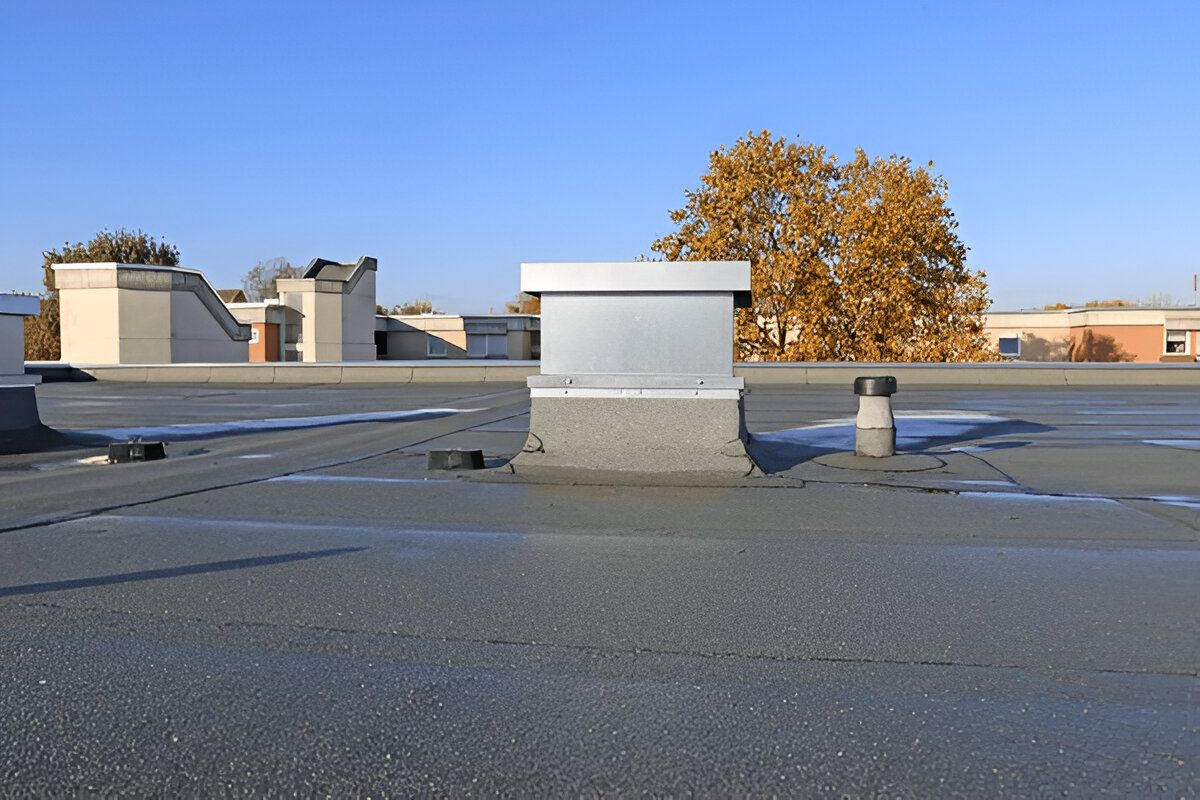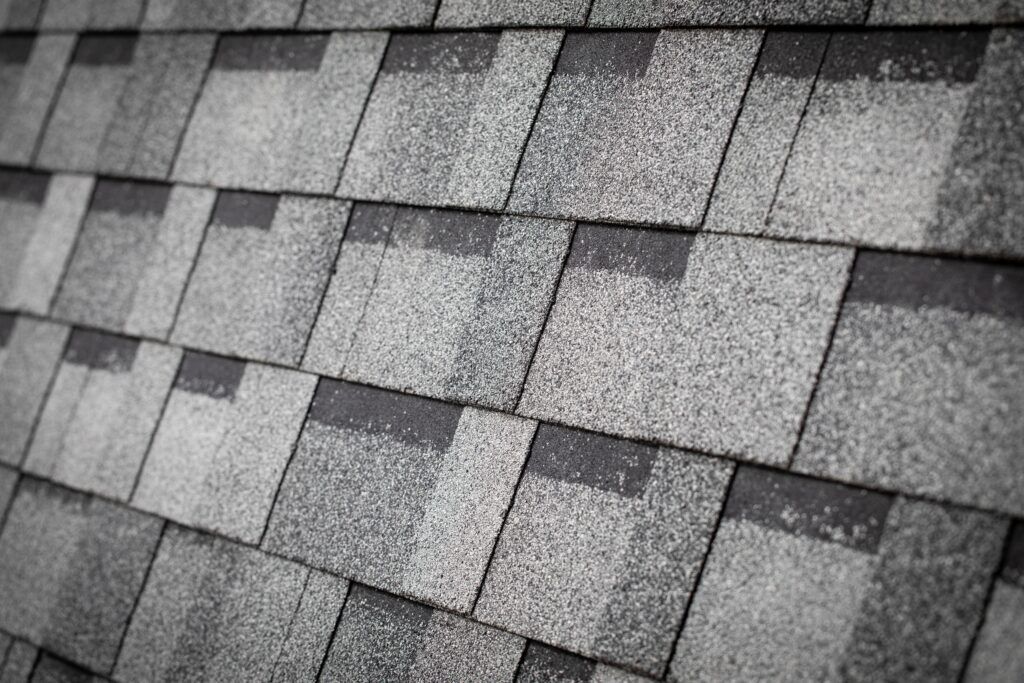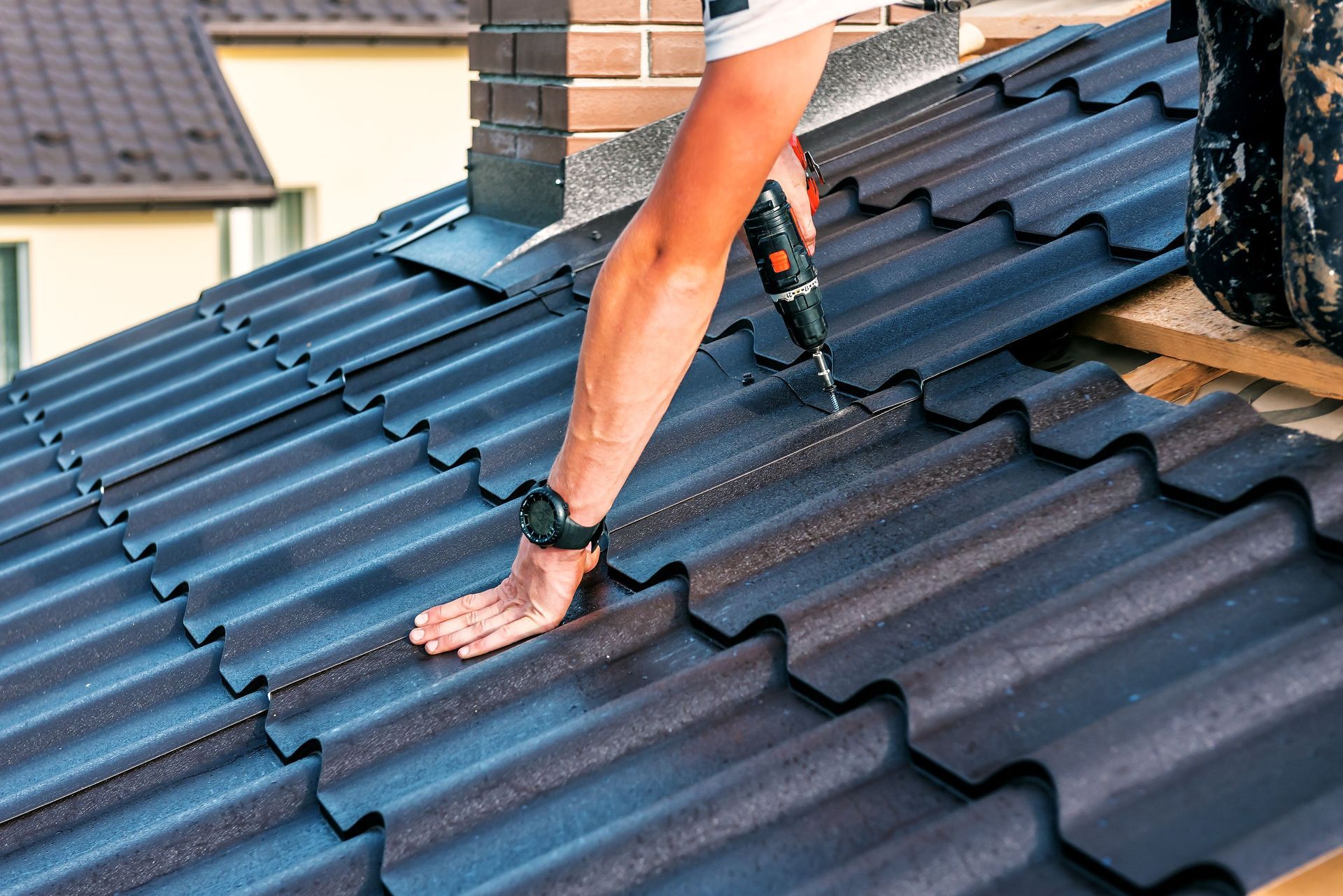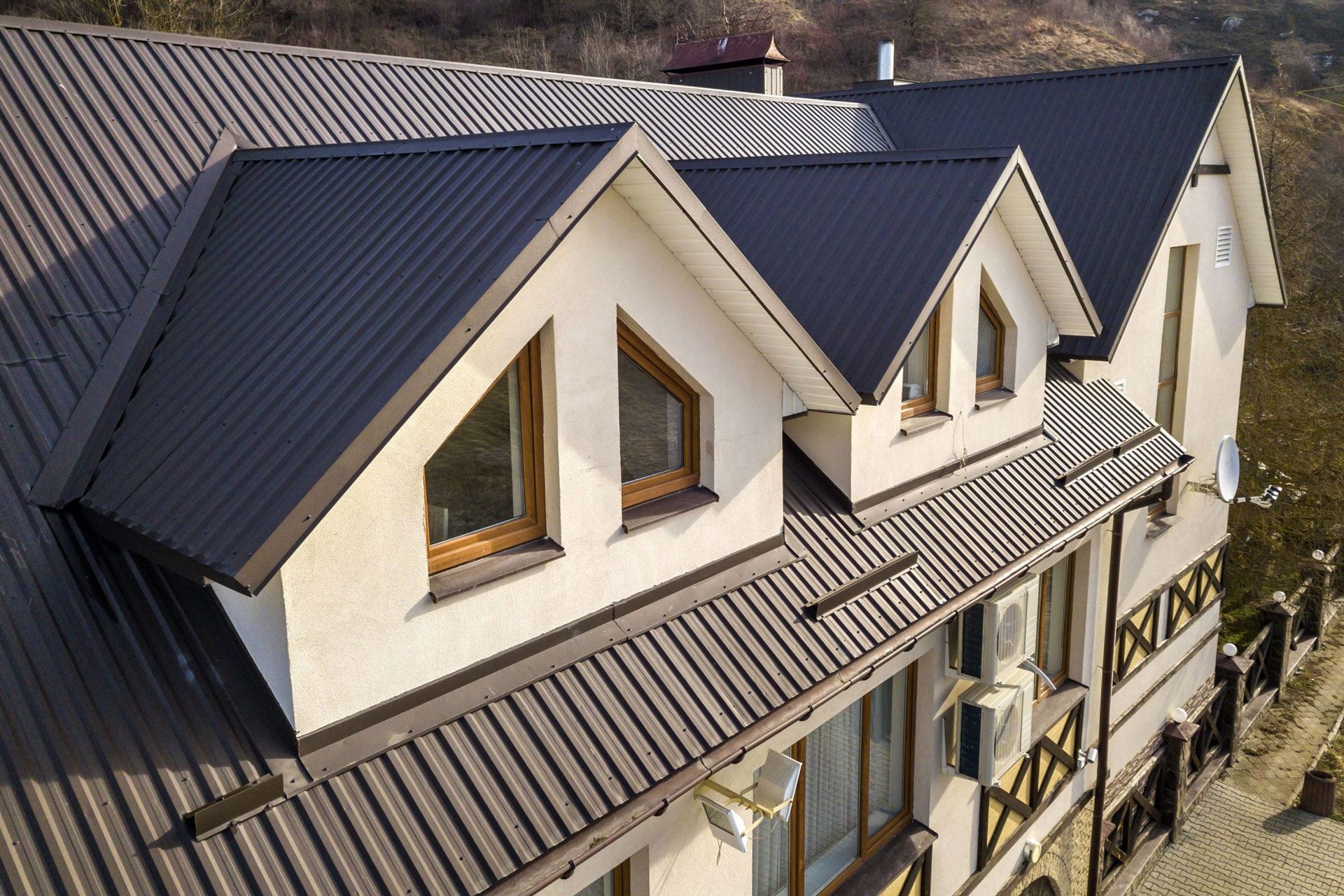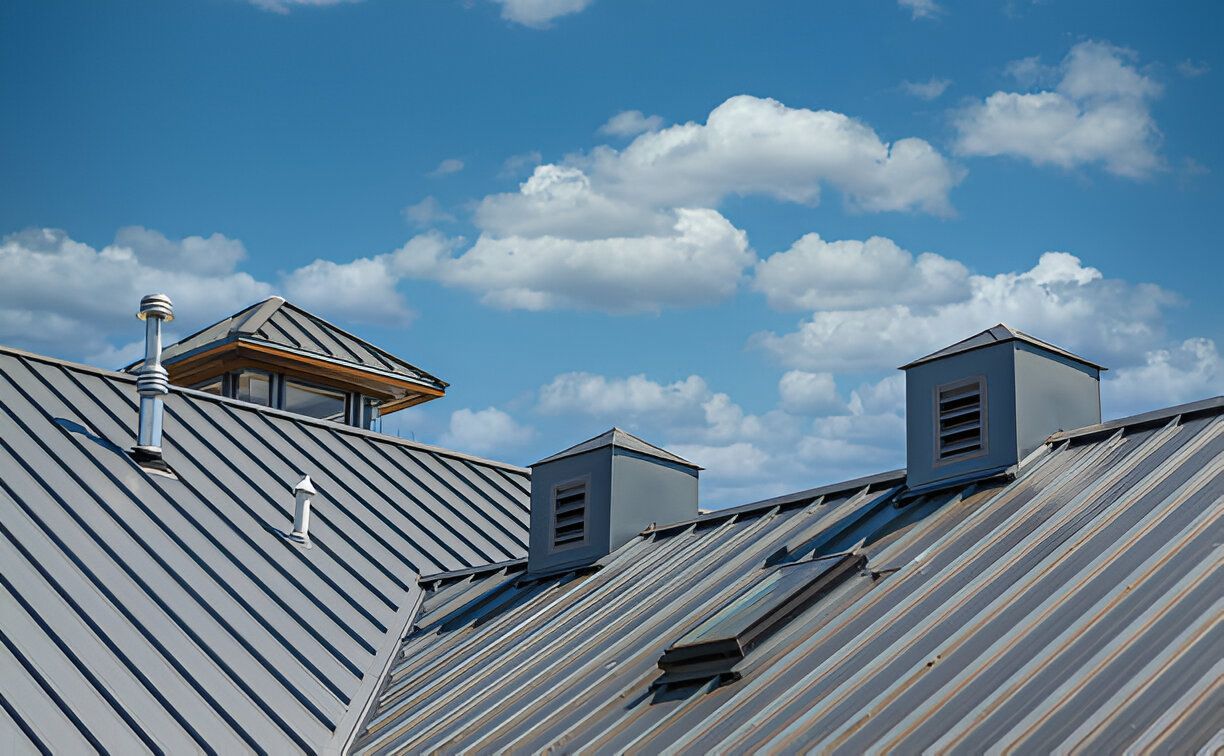What is TPO Roof: Everything About TPO Roofing

TPO roofing, or Thermoplastic Polyolefin roofing, is a popular choice for commercial properties due to its durability and energy-saving qualities. This single-ply membrane offers exceptional resistance to UV rays, ozone, and chemical exposure, making it well-suited for the climate conditions in Flower Mound, Texas. Whether you’re installing a new system or replacing an existing one, understanding the advantages and installation process of TPO roofing will help you make an informed decision. Learn about its core features, long-term benefits, and essential maintenance tips to protect your property for years to come.
What is TPO Roofing Material?
TPO roofing, short for Thermoplastic Polyolefin, is a single-ply roofing membrane known for its reflective properties and energy efficiency. Often used in both commercial and residential settings, TPO is composed of ethylene propylene rubber, which delivers strength, flexibility, and resistance to wear. Designed for durability with minimal maintenance, this cost-effective solution continues to gain popularity among property owners in Flower Mound, TX.
One of the key advantages of TPO roofing is its ability to reflect ultraviolet radiation, helping to reduce cooling costs by maintaining more consistent indoor temperatures. Because of its energy-efficient characteristics, TPO is frequently selected for environmentally conscious construction projects. Its flexible membrane adapts to changing weather conditions and resists punctures, tears, and impact damage, contributing to an extended service life.
A notable benefit of TPO roofing is its heat-welded seams, which create a watertight barrier. This advanced seam technology ensures leak resistance and safeguards your building from water intrusion. For those evaluating roofing systems, understanding the strengths and limitations of TPO is essential. While it offers impressive energy savings and structural performance, like any material, it may not suit every roofing application.
In conclusion, TPO roofing represents a modern, reliable choice that combines performance and innovation. It has become a preferred option for many clients working with Lancaster Roofing & Construction in Flower Mound, Texas. Continue exploring to better understand how TPO compares to other systems, including PVC roofing, and determine the best solution for your property’s unique needs.
TPO Roofing: A Cost-Effective and Energy-Efficient Solution
TPO roofing, or Thermoplastic Polyolefin roofing, has become increasingly popular in both commercial and residential markets thanks to its affordability and energy efficiency. A major benefit of TPO roofing is its cost-effectiveness—generally priced lower than many alternative roofing systems, it presents a smart option for budget-conscious property owners. Additionally, its reflective surface reduces heat absorption, which helps lower cooling expenses during the warmer seasons in Flower Mound, Texas.
Another strength of TPO roofing is its impressive durability. The membrane is resistant to dirt accumulation, mold growth, and punctures, which helps extend its lifespan with minimal maintenance. Its flexibility accommodates the natural expansion and contraction that occurs with temperature fluctuations. However, one potential downside is the inconsistency in product quality among manufacturers, which may affect durability and result in more frequent repairs over time.
Although TPO is often regarded for its ease of installation, relying on experienced professionals is crucial. Improper installation can lead to issues like seam failures or water intrusion. To ensure the longevity and efficiency of a TPO roofing system, it is essential to select premium materials and work with a knowledgeable contractor like Lancaster Roofing & Construction in Flower Mound, TX.
The Benefits of TPO Roofing
TPO roofing is widely favored due to its broad range of benefits. A key feature is its energy efficiency. With a light-colored, reflective membrane, TPO helps minimize energy use by deflecting ultraviolet radiation, keeping interior spaces cooler, and lowering utility costs—an important advantage in Flower Mound, Texas.
This roofing system is also recognized for its strength and flexibility. TPO resists punctures, tears, and impacts better than many traditional materials. It’s lightweight and straightforward to install, allowing for faster and more cost-effective roofing projects. The membrane’s heat-welded seams create a secure, watertight barrier that further improves its reliability and leak resistance.
Another benefit is its environmental impact. TPO roofing is fully recyclable, which helps reduce landfill waste. It also avoids the use of harmful chemicals like chlorine, making it a safer and more sustainable material. Thanks to its adaptability, TPO is an excellent choice for commercial, residential, and industrial properties alike.
By opting for TPO roofing, property owners gain access to a durable, affordable, and environmentally friendly roofing solution designed for long-term performance and value.
The Drawbacks of TPO Roofs
While TPO roofing is widely appreciated for its energy efficiency and affordability, it is important to consider some of its potential drawbacks. One concern is the inconsistency in product formulation across different manufacturers, which can lead to variations in quality. Lower-grade TPO products may offer reduced durability and require more frequent maintenance.
Another consideration is the potential for long-term costs. Although the upfront investment is typically low, some property owners have encountered increased repair costs over time due to punctures or seam-related failures, especially in regions with extreme weather fluctuations such as Flower Mound, TX.
Additionally, TPO installation demands precision. If improperly installed, issues such as water ponding, seam separation, or reduced insulation efficiency may occur. For optimal results, hiring certified professionals experienced in TPO systems is essential to prevent these risks.
Investing in reputable materials and ensuring expert installation can help minimize these concerns. Property owners should weigh the pros and cons carefully when considering TPO roofing as a solution for their building.
TPO vs. PVC Roofing: Key Differences to Consider
When evaluating TPO and PVC roofing systems, several important factors emerge. Thermoplastic Polyolefin (TPO) is known for being budget-friendly and energy-efficient. TPO roofs are durable, flexible, and UV-resistant—qualities that contribute to their popularity among property owners and contractors in Flower Mound, Texas.
PVC roofing is another top contender, particularly valued for its excellent resistance to chemicals and long-term durability. Both PVC and TPO membranes deliver superior waterproofing capabilities, making them suitable for flat or low-slope roofs. However, PVC often outperforms in harsh environments where chemical resistance is critical.
TPO typically offers easier installation and lower initial costs, which can reduce labor expenses. Both roofing types are environmentally friendly, though TPO has the added benefit of being fully recyclable, making it a great option for sustainability-focused projects.
Choosing between TPO and PVC comes down to your specific roofing requirements. If your building requires chemical resistance and extended longevity, PVC might be the better choice. If cost and ease of installation are the top priorities, TPO may be the ideal fit.
Ultimately, selecting the right roofing material depends on the unique demands of your structure. By understanding the differences, property owners can ensure long-term performance and value from their roofing investment.
Environmental Factors of TPO for Building Systems
When considering the environmental impact of TPO roofing in Flower Mound, Texas, it's important to highlight its contribution to sustainability. TPO membranes are highly reflective, which reduces heat absorption and lowers the urban heat island effect, supporting cooler surrounding temperatures.
TPO’s 100% recyclability is one reason it is frequently chosen for green building projects. In addition to being a sustainable product, its compatibility with other energy-saving systems—such as solar panels—makes it an attractive choice for eco-conscious property owners.
This material is also built to endure. TPO resists UV exposure, harsh chemicals, and punctures, reducing the need for replacements and major repairs. This durability promotes long-term value while decreasing environmental impact.
TPO roofing integrates well with additional energy-efficient solutions, such as spray foam insulation. These combinations improve overall building performance and contribute to a lower carbon footprint. For those pursuing green construction, TPO roofing aligns with modern environmental standards.
Repair Options for Low and High Saturation Levels
Understanding repair options for different saturation levels is key to maintaining a TPO roof. For low saturation, patching with compatible TPO material is usually sufficient. Ensuring the area is slightly elevated prevents future water accumulation. Minor saturation can also be addressed with spray foam to increase durability and efficiency. A solid roofing warranty can further ease repair-related expenses.
In high saturation cases, extensive inspection is necessary. When moisture has significantly penetrated the roofing system, the insulation must be evaluated. If the damage is severe, replacing the compromised sections of TPO membrane is often the most effective solution.
Maintaining a TPO roof involves considering how all components work together. The cost of repair will vary based on the extent of damage and materials required. Routine inspections help minimize repair costs and prolong the roof's life. A warranty may also provide peace of mind by covering certain issues.
By evaluating and addressing saturation levels properly, property owners can safeguard their TPO systems. This ensures the roofing system continues to perform effectively, whether for residential or commercial use.
Conclusion
TPO roofing presents a reliable and energy-efficient choice for both residential and commercial properties in Flower Mound, TX. With its durability, affordability, and sustainability, TPO continues to be a preferred solution among professionals. Whether you're considering a new installation or replacing an aging system, Lancaster Roofing & Construction offers expert guidance and high-quality service to help you get the most from your roofing investment.
Q: What is TPO roofing?
A: TPO (Thermoplastic Polyolefin) roofing is a single-ply membrane known for its durability, energy efficiency, and resistance to ultraviolet rays, ozone, and chemical exposure. It is a popular choice for both residential and commercial properties in Flower Mound, Texas.
Q: What are the main advantages of TPO roofing?
A: TPO roofing offers several key benefits, including energy savings from its reflective surface, strong durability against inclement weather, and excellent resistance to punctures. Its flexibility allows it to adapt to temperature shifts, and it delivers cost-effectiveness with minimal maintenance requirements.
Q: How does TPO roofing compare to PVC roofing?
A: Both TPO and PVC roofing membranes deliver reliable waterproofing. TPO is generally more cost-effective and easier to install, while PVC provides superior chemical resistance and better performance in extreme weather. Each is environmentally conscious, but TPO stands out for being fully recyclable.
Q: What are some of the potential drawbacks of TPO roofing?
A: A major concern with TPO roofing lies in the inconsistency of material quality across different manufacturers, which can affect the system’s longevity. In high-stress climates like Flower Mound, TX, some TPO installations may face more frequent repairs. Hiring an experienced contractor like Lancaster Roofing & Construction is essential to avoid seam issues and water intrusion.
Q: What maintenance is required for TPO roofing?
A: Although TPO roofs require minimal upkeep, routine inspections are advised to detect any damage, punctures, or wear. Minor issues are typically addressed with patch repairs, while more extensive damage may call for professional attention. Partnering with qualified roofing experts ensures the long-term reliability of the roof.

